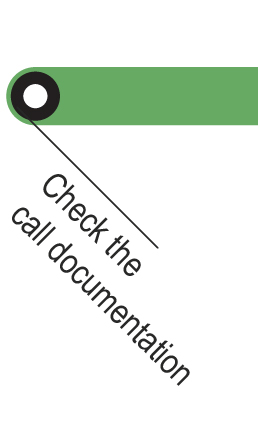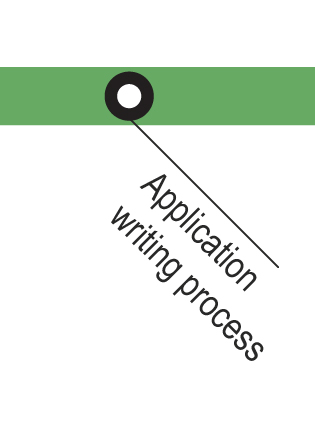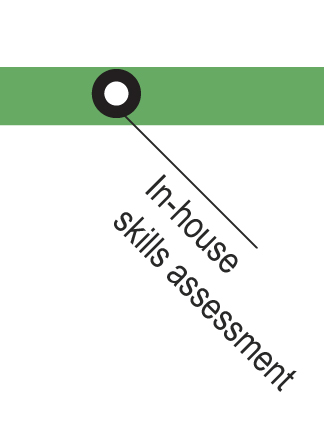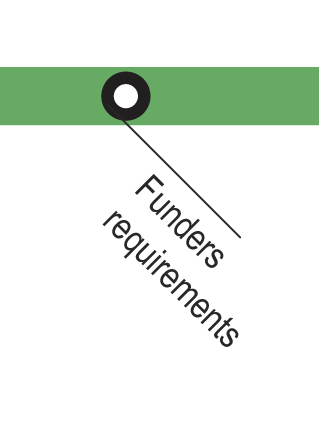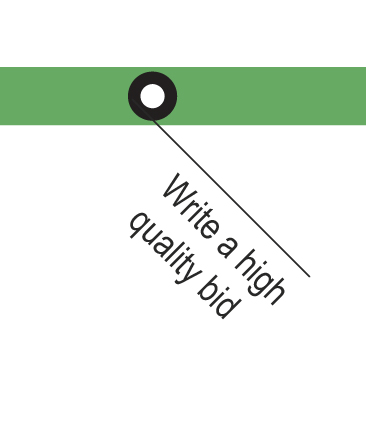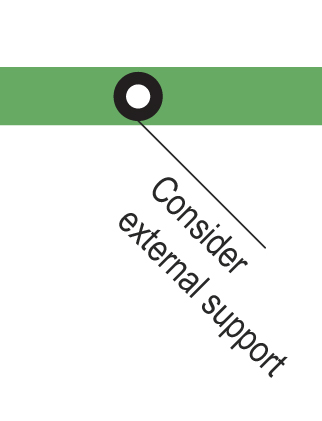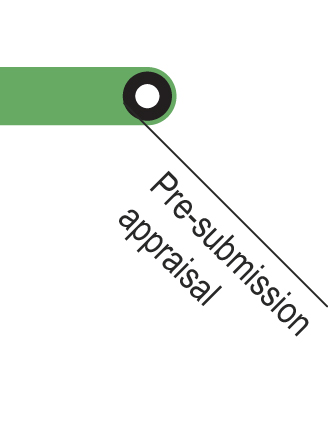 MATCHING FUNDERS' REQUIREMENTS is needed to think through the necessary adjustements of a project to ensure the requirements aremet fully by the applicant. If there are gaps, you need to consider whether the project should be adapted to match these requirements better and what might be involved in such a process of change.
MATCHING FUNDERS' REQUIREMENTS is needed to think through the necessary adjustements of a project to ensure the requirements aremet fully by the applicant. If there are gaps, you need to consider whether the project should be adapted to match these requirements better and what might be involved in such a process of change.
For example, a funding programme might focus on supporting a particular target group, or a specific project location (which your project has not considered originally). To match this requirement, you might have to change certain aspects of the project affecting other project activities, including costings. Careful consideration and review is required in these situations in order not to loose the original rationale and purpose of the project.
This task does not require any particular tool, but taking note of the strengths and weaknesses of your project against the funders' aims ands requirements is a necessary and helpful step in the process.
However, if and when you have identified that your project needs more substantial change, then the existing URBACT tools (4Ws; Implementation Capabilities Grid and Refining an Action) will assist you in the process of deciding how to adjust the project to fit better the aims of the funder.
This might involve considerable change to the initial project plan and costings and care needs to be taken to address all areas that could be affected by this change. It might be necessary for the project design team to reconvene and consider potential adjustments to the project. The tools assist in the process of thinking through the effects of any changes.
| Who is the tool for? | When should the tool be used? |
Project Design Team Project Costing Team Project Partners | As soon as the funding requirements are fully understood, it is essential to check whether the project fits the requirements of the call closely. |
Click on the stations to navigate through the Application line!
Key challenges of this step
- When the funder's requirements do not fully match the aims and activities of the originally planned project, the main challenge is to assess the extent to which your project could accommodate some of the funder's objectives without loosing too much of its own identity and purpose.
- To strike a good balance between funder's aims and your project aims can be difficult. At times, projects might have to be broken down into different phases, or separate projects to achieve a better match and thereby increase the likelihood of being funded.
Main risks
- When funding opportunities become scarce, an organisation might be inclined to go for any type of funding that comes their way and change the project radically. However, this approach carries a multitude of risks, including loosing sight of the original purpose of the planned project and not responding anymore to the previously identified needs of the city.
- 'Bending' a project design too much towards matching funder's requirements can also lead to incoherences and inconsistencies in the project description in the application which would reduce the score of an appraisal and therefore its chances of being successful.
- Writing a funding application without a good match between project and the funder's requirements carries the risk of wasting a lot of time and effort of writing the application.
Helpful tips
- Consider the required changes of your project as a team by involving those who designed the project and its costings. They know best how any change in one area might affect the project in other areas, including its logic model, intervention rationale, and its effectiveness.
- In case there are any queries about the fit of your project, contacting the funder is always an option to consider. Even if there are no major issues, to let the funder know that your organisation/partnership is intending/in the process of applying is often considered helpful by the funders. For this contact, it is important to know who to phone/email (usually the application guidance provides this information). Don't forget, whoever talks to the funder will need to have a thorough knowledge of your project. A short summary description of the project, or a pitch are useful tools in this context. (see Stop 2.6 Communication)
- While there are often opportunities to integrate and adjust your project to funders' demands, it is not advisable to completely change your project just because there is funding available.

